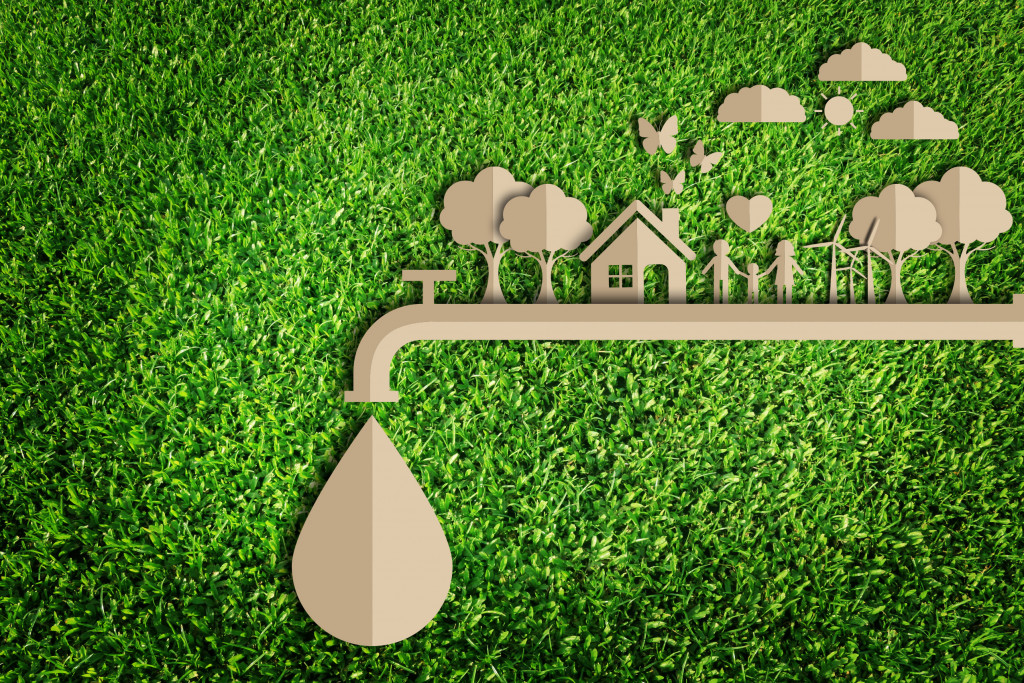More people are starting to care about the environment and sustainable living, which has given rise to what is called the green home. Green homes are basically designed to save energy and become more eco-friendly. It’s not simply turning on the lights less or something like that. These people construct their homes in a way that allows them to minimize the use of electricity.
The best way to get started on your green home is to build it from the ground up. It requires a lot of planning because you have to monitor everything from the materials to the positioning of your home. If you own a piece of land or decided to move, here is how you can build your own green home.
1. Start with your floor plan and foundation
If you want to build a house that is completely eco-friendly, then you have to start with the structure of the house. There are ways you can build houses to make sure that it uses less electricity. The key here is to make sure that you can get as much natural light and outdoor air as possible. This requires a strategic process of planning each room, down to the window placements and direction of the rooms.
For instance, south-facing windows are better for energy-saving because it gets more passive solar energy. This type of design makes use of the sun’s energy to warm and cool rooms during certain seasons. When planned properly, it can also maximize daylight and keep your rooms well-lit with natural light for longer times.
There are numerous modern architectural designs that make use of nature and its abilities. It may be difficult for the average person, but getting a custom home builder with knowledge on this can be a huge help.
2. Find the most green materials
A common trend in green home construction is turning to traditional material. Bamboo, for instance, is gaining popularity. Not only does it grow fast, but its unique fibers actually make it twice as strong as timber. It also releases 35 percent oxygen and absorbs 35 percent more carbon dioxide than trees, which means it is great for reducing greenhouse gases.
Consider looking at materials that absorb heat as well. These are beneficial to use because they can keep homes warmer during winter as well as control the amount of heat that enters during summer. There are certain types of window glasses that have the same properties as well.
The benefits of passive solar energy at the previous point will also become more effective with materials that offer better insulation. Better insulation also discourages the use of air-conditioning and fans that use up electricity.

3. Figure out a renewable energy source
Instead of relying on electricity, you can consider other alternative energy sources. Using solar panels is one way you can get clean energy. Nowadays, you can find shingles in your roof that also double as small solar panels. This way, you don’t need to do any additional installations while getting the most sunlight in the day.
Aside from that, water and steam are also two effective alternatives, especially when it comes to insulation. Many households today use micro-hydropower systems to generate electricity. It uses energy from moving water to generate about 100 kilowatts of electricity. This follows the same concept from hydropower dams but to a smaller scale.
4. Find appliances that save energy
Lastly, you can make adjustments by buying eco-friendly appliances that save on both energy and water. The most common method is using LED lights at home or having programmable thermostats. However, you can take it a step further with things such as hydronic boilers instead of furnaces.
Although there are some household structures that have fewer energy-saving alternatives. If there are, they can be quite costly. You can make up for it by reducing consumption. There are items like showers that consume less water or double-flush toilets that lets you control the amount of water used every time.
Combining all these methods in your home is a great way to make sure that you reduce your carbon footprints. Each section compliments each other. Your floor plans that increase passive solar energy will work well alongside your insulated walls and flooring. Proper insulation systems that make use of airflow will help you lessen your consumption of certain appliances.
All of these elements working together is one of the main benefits of a green home. Individually, they can reduce energy consumption, but the effect is multiplied when used together.







